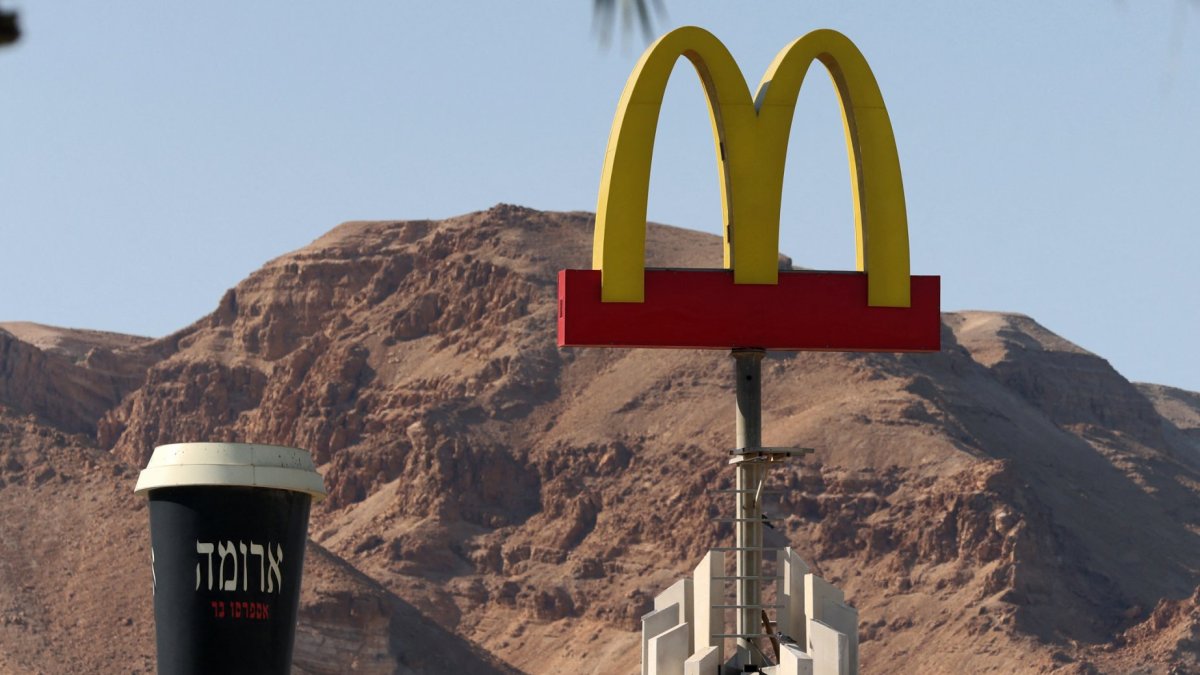
Exploring a new country entails indulging in its local cuisines. In France, savor a buttery croissant; in Korea, relish BBQ delights; and in Japan, indulge in copious amounts of sushi. However, regardless of the destination, a visit to McDonald’s is a ritual I uphold without fail.
There exists a common assumption that any Brit or American spotted dining beneath the iconic golden arches in a foreign land is perhaps lacking in cultural refinement, hesitant to venture beyond familiar flavors. They may categorize anything non-beige as “exotic” and consider paprika as overly spicy. Recently, Mark Zuckerberg faced scrutiny after sharing a photo of himself dining at McDonald’s during his vacation, captioning it: “Japanese McDonald’s: 10⁄10. Give these guys a Michelin star.” While the Michelin accolade may be a stretch, Zuckerberg’s observation holds merit.
When you’re trying to immerse yourself in a different culture, learn a new language, and travel thousands of miles, it can be unsettling to see the yellow “M” wherever you look. Yet, amidst the semblance, lies a world of distinctions.
McDonald’s serves as a prime example of globalization, seamlessly incorporating local tastes and preferences. Familiar to us in our home countries, it acts as a baseline from which astute observers can glean insights about a new locale.
In Zuckerberg’s case, his order featured indigenous offerings like the Ebi Burger, showcasing whole shrimp—a fitting choice in a nation with the highest shrimp consumption and a penchant for quality ingredients.
In India, a predominantly Hindu country where cows are revered, beef items are absent from McDonald’s menus, with options like the vegetarian McSpicy Paneer taking precedence.
During my Canadian sojourn, I encountered a unique McDonald’s experience—fries smothered in gravy and cheese curds, a dish known as Poutine. In Belgium, I sampled the McKrocket, a deep-fried ragout patty paired with a mustard-based sauce.
Singapore boasts the McSpicy as a bestseller, unlike its limited run in England, standing out as a personal favorite. Meanwhile, in China, alongside the customary McMuffin, I relished congee—a rice-based porridge—and a Taro pie with a luscious lilac filling.

Beyond culinary revelations, McDonald’s offers cultural insights. In the UK, it’s synonymous with affordable fast food. Contrastingly, a visit to a Shanghai outlet a decade ago revealed a more upscale ambiance to differentiate itself from local street vendors due to pricing disparities. Portion sizes in the US were a notable contrast, with a large drink nearly double the size of its UK counterpart. American visitors often remark on meat quality due to varying regulations and the option to pair beer with their burger in select countries.
Not limited to food, some McDonald’s locations boast architectural splendor. From a bronze eagle-adorned outlet in Portugal to a UFO-inspired design in Roswell, an Art Deco gem in Melbourne, and a glass-domed establishment in Georgia—each offers a unique visual treat. Noteworthy are the McDonald’s establishments reminiscent of a Wes Anderson film in Norway.
The price-conscious can utilize The Economist’s Big Mac Index as a gauge for comparing purchasing power across nations. A higher Big Mac price in one country may signal an overvalued local currency.
For tourists in England, a brief stop at McDonald’s unveils more than just food. Enjoy an iconic bacon roll, witness the vibrant late-night culture, and perhaps encounter a dose of British humor when order 69 is called. So, on your next excursion, embrace a visit to McDonald’s; explore a delicacy overlooked on your familiar laminated menu.
